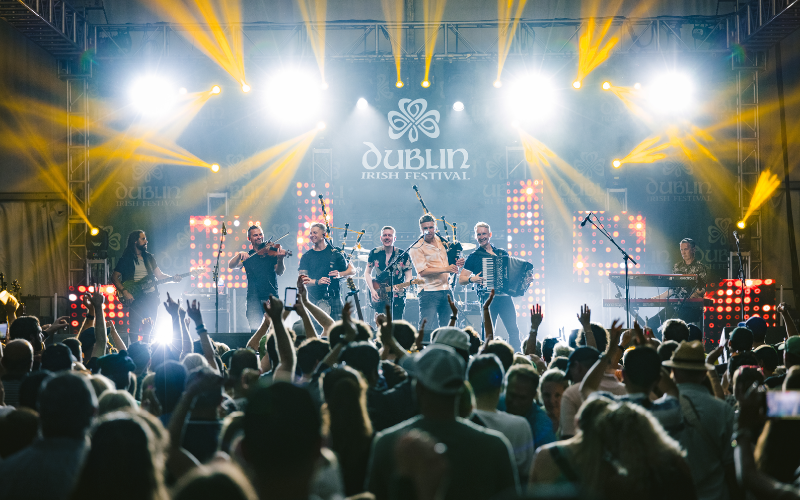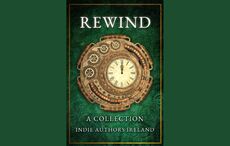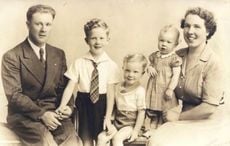| Robert Redford at the New York premiere of his new movie The Conspirator on Monday night. |
Booth, of course, achieved notoriety in April of 1865, when he assassinated Abraham Lincoln. This tragedy came just days after Lincoln finally managed to steer the North to victory over the South in the Civil War.
Had the result been different, the course of world history would have been radically altered.
It has been 150 years now since the first shots of the Civil War were fired. There has been a deluge of TV specials, newspaper articles and commemorative events exploring this anniversary.
Meanwhile, Robert Redford’s latest movie, The Conspirator, takes a close look at the assassination and trial of the conspirators who hatched the plot to kill Lincoln.
At the center of Redford’s new movie, in fact, is Mary Surratt (played by Robin
Wright), who was accused of participating in the plot to kill Lincoln and assist Booth’s escape.
Much was made, in the frenzy following Lincoln’s assassination, of Surratt’s religion. She was, after all, a devout Roman Catholic.
In fact, when you consider that Surratt as well as her accused son, John, were Catholics, and a man with the name of O’Laughlin was among those accused of taking part in the plot to kill Lincoln, it should be no surprise that a conspiracy theory swiftly took hold that Catholics were at the center of the plot to kill Lincoln.
The Internet, to this day, is filled with theories outlining the Vatican’s role in killing Lincoln, not to mention the Jesuits’.
An ex-priest who Lincoln had once defended in court named Charles Chiniquy, once asserted that, when it came to whacking the American president, "the Jesuits alone could select the assassins, train them, and show them a crown of glory in heaven.”
Redford’s new movie, according to reports, actually makes note of Mary
Surratt’s religious background, which certainly did not help her in the eyes of her accusers and public opinion. (Neither did it help that Surratt actually had hosted meetings held by the conspirators to kill Lincoln.)
Of course, America had a deeply anti-Catholic strain in the 1860s. The Jesuits, at this time, were accused of many evil, anti-American deeds.
O’Laughlin, meanwhile, did play a role in an earlier attempt to kidnap the president, though his religious background has been under debate for years, with some believing he was Catholic while others argued he was actually Methodist.
Either way, it should be added that it is understandable why some might believe Catholics were responsible.
John Surratt, for one, had planned on becoming a priest, had met with Booth to plan to kidnap Lincoln on March 17 (St. Patrick’s Day!) of 1865, and even fled to Rome after Booth killed the president.
Meanwhile, Lincoln is now one of the most revered men in American history. But that was not the case during the actual Civil War.
Among his most passionate opponents were certain Irish Catholics. After all, Irish loyalty to the Democratic party by then was strong.
Lincoln, of course, was a Republican. In fact, the newly-created Republican Party was a coalition which included Know Nothings and other anti-immigrant groups.
It was Lincoln who was blamed for drafting Irish immigrants into fighting a war they didn’t understand.
Not for nothing does the song “Paddy’s Lament” include the angry line, “Paddy, you must go and fight for Lincoln.”
Of course, political anger is one thing. Assassination is another.
As for Redford, he believes his movie -- which is about the trial of an outsider 150 years ago -- has relevance today.
Referring to Guantánamo Bay and other military tribunals in the news, Redford told Parade magazine, “Obviously, I could see the parallels to the present.”
Good thing we don’t assume members of certain religious groups are inherently violent anymore, right?
(Contact “Sidewalks” at [email protected] or facebook.com/tomdeignan)




Comments